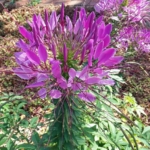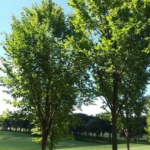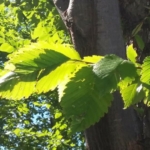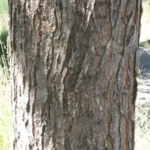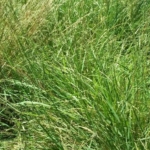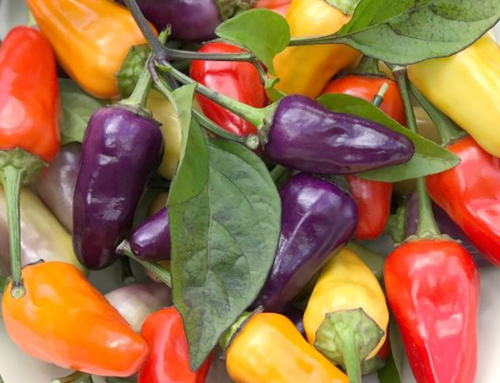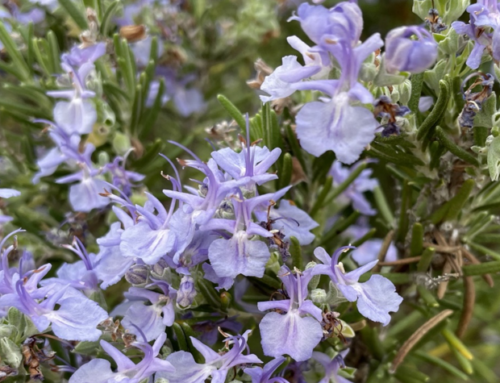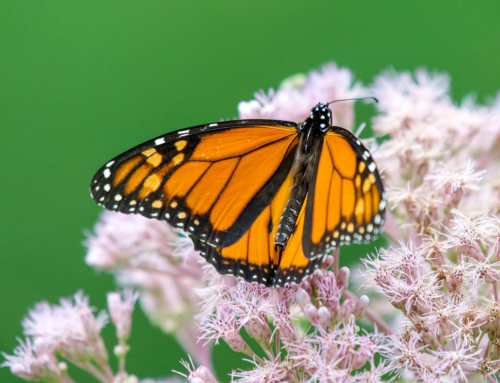Ever been out for a walk and wondered: What is that gnarled tree, or bright flower, or spiky weed? Plant identification apps to the rescue!
About a month ago, a gardening colleague asked me to test iNaturalist, Pl@ntNet, and PlantSnap and document my experiences with the three programs. My first step was making sure my Android smartphone had enough storage space before downloading these apps, which require 24M, 36M, and 44M, respectively. These apps are also available for the iPhone.
Next, I checked the applications’ websites to learn more about them:
- iNaturalist describes itself as a “crowdsourced species identification system” and an “organism occurrence recording tool.” In other words, participants record their observations, seek help with identifications, collaborate with others to collect information about the natural world, and gain access to the data collected by iNaturalist users. At the end of August 2020, there were 48,161,641 observations recorded; 293,576 species observed; and 3,071,132 people signed up for the service. An alternative application is Seek by iNaturalist, an educational tool developed for “beginner naturalists” that doesn’t post observations to iNaturalist but still provides some tools, such as automated species identification, and is easier to use. It doesn’t require registration or an email address.
- Pl@ntNet is a non-profit research and educational initiative that allows users to identify plants—flowering plants, trees, grasses, conifers, ferns, vines, wild salads, and cacti—by submitting images to the app, which then returns a list of the most probable species names as well as a confidence score for each of them. Users can submit, simultaneously, from one to five images of the same plant and are allowed 50 free identification requests per day. Pl@ntNet considers itself a “citizen science” project: the plants that participants photograph are collected and analyzed by scientists in order to better understand plant evolution and preserve plant biodiversity. Of the 360,000 species living on earth, Pl@ntNet is able to recognize about 20,000 species right now and is working to expand its recognition capabilities.
- PlantSnap calls itself “the most high-tech, comprehensive and accurate plant identification app ever created.” Its searchable database includes more than 625,000 plants and 250 million images that allow users to identify about 90 percent of all known species of plants and trees instantly. PlantSnap works anywhere on earth and is translated into 37 languages. Earlier this year, PlantSnap announced a partnership with the multimedia messaging application Snapchat to map out every plant species on the planet by 2022.
With this information, and my phone, I started taking photos of flowers, shrubs, trees—both those that I knew and didn’t know—to test the apps for their accuracy and ease of use. Over the course of several weeks, I looked at about 25 different plants, trees, and shrubs.
When I tested familiar plants, such as sumac, hydrangea, and roses, the information I received from the apps confirmed what I knew, generally. The apps were less useful when I was seeking highly specific information—to differentiate between species of roses, such as “Peach Swirl” versus “Easy Does It,” for instance—and they were more useful when I had no idea what I was seeing.
Test One: Unknown Flowering Plant
- iNaturalist responded, “We’re pretty sure it’s in this genus: Cleome,” followed by 10 top suggestions, including spider flower, Rocky Mountain beeplant, redwhisker clammyweed, purple cleome, Fireweed, Cat’s whiskers, red spider lily, yellow beeplant, love-in-a-mist, and Asian spiderflower. Seek, the simpler version of iNaturalist, told me that the plant was a spider flower.
- Pl@ntNet allowed me to select the part of the plant or “organ” that I wanted to identify so I chose its flower, and I was then told that the plant was a pink queen (Cleome hassleriana).
- PlantSnap suggested that the plant was a Rocky Mountain bee plant. Because that plant wasn’t at the top of the lists that I had received from the other apps, I submitted a slightly different photo of the same plant and was told that it was a pink queen.
Test Two: Unknown Deciduous Tree
- I submitted a close-up the tree’s leaves (center, above) to iNaturalist, which said, “We’re pretty sure it’s in this genus: Ulmus,” followed by 10 suggestions, including American elm—which it deemed “visually similar” and “seen nearby”(using the coordinates attached to the photos I had taken)—as well as wych elm, field elm, fluttering elm, slippery elm, Siberian elm, and others—all of which were “visually similar” and some of which were “seen nearby.” The related app Seek responded, “We believe this is a member of the genus Elms,” but couldn’t identify the exact species.
- Pl@ntNet allowed me to submit photos of the bark, habitat, and leaf. It provided the following results, ranked from most likely to least likely matches: wych elm, American elm, European hornbeam, European field elm, Persian lilac, Russian elm, and four others.
- When I submitted close-up photos of the leaves and bark to PlantSnap, American elm and rock elm were my top results.
Test Three: Unknown Grass
- iNaturalist said, “We’re pretty sure it’s in this family: Poaceae (grasses),” and provided 10 suggestions, with salt grass (genus: Puccinellia) at the top of list because it is considered “visually similar” and was “found nearby.” Seek couldn’t identify the exact species but offered, “We believe this is a member of the class Monocots.”
- I submitted two different images of the same plant to Pl@ntNet, which suggested pampas grass (Cortaderia selloana), Blackwell switch grass (Panicum virgatum L.), and red grass (Themeda triandra Forssk.) as top matches for the shaded image (to the right, above) and Blackwell switch grass, Pennisetum stamineum Peter, and pampas grass as top matches for the sunny image (to the left, above).
- PlantSnap suggested a variety of grasses, including Tall fescue (Festuca rubra), Micanthus sinesis ‘Zebrinus,’ Sand dropseed (Sporobolus cryptandrus), and Blackwell switch grass, among others.
What Next?
Some apps were clunkier or more advertising-laden than others, but they pointed me in the direction of possible correct identifications, which led me to academic and scientific sources for confirmation. And, when I did a bit more research on the photos that I had submitted to the apps, I discovered:
- Spider flower and pink queen are the same plant.
- Because American elms and wych elms were decimated by Dutch Elm Disease, I’m guessing that I trees I observed are European field elms, which are resistant to the disease. However, I’m going to try to talk to an experienced naturalist who knows the site and can confirm the species.
- The grass that I observed didn’t have flowers or seed heads or a unique leaf shape. So, I still haven’t figured out what type of grass it is. However, I learned how to pronounce the word “Poeceae.” And, I may photograph it again later in the season to see if it changes color or becomes more distinctive and easier to identify.
Even though the suggested plant matches at the top of one app’s list weren’t necessarily at the top of another’s, I didn’t feel that I needed to have my findings confirmed through crowdsourcing or by experts, nor did I feel that I needed to return to a site to photograph a plant from different angles or in brighter light. (The apps do provide photography guidance, in most cases.) I might change my mind as I continue to use these apps, but right now I’m content to let my observations remain, as iNaturalist terms it, “casual grade” rather than “research grade.”
My Conclusions
These apps are useful, but it takes a few tries to get the hang of them—including learning how to frame the plants in a photograph with sufficient light while including their flowers, leaves, and other distinctive characteristics.
Though the Hennepin County Master Gardeners Program doesn’t endorse any of these applications, they’re a convenient way to document the plants you see and they’re helpful in beginning the identification process, which can be continued and confirmed with additional resources.
I’m planning to keep these apps on my phone and use them when I’m out and about so that I can better understand and appreciate the world around me. Maybe, one day, they’ll include scent detectors, too?
by Laura Austrian, Hennepin County Master Gardener volunteer
Sources:
https://www.inaturalist.org
https://www.plantnet.org
https://www.plantsnap.com
